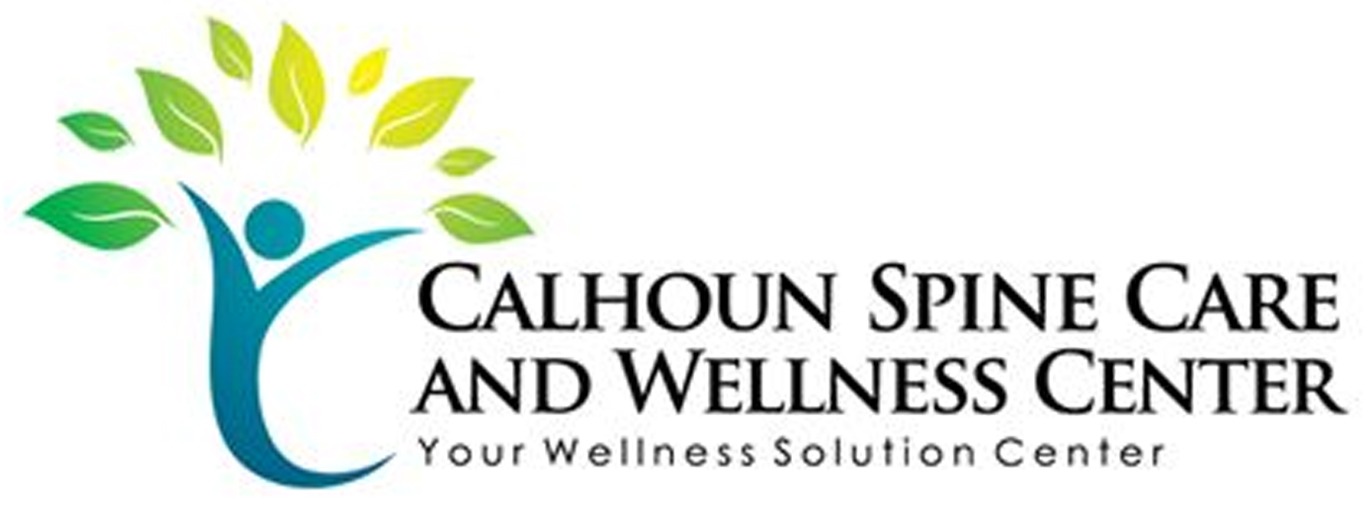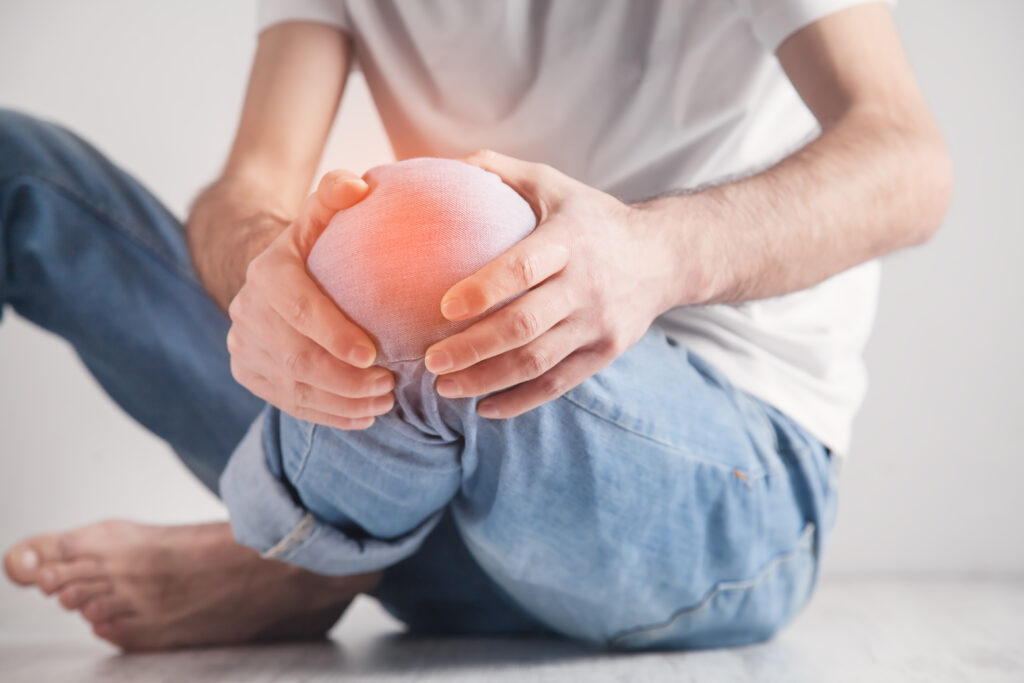You've probably experienced back pain at some point, and it can feel like a puzzle with missing pieces. It's not just about lifting something heavy or sitting too long; the causes can be surprisingly multifaceted, often intertwined with lifestyle choices and emotional factors. If you're wondering what exactly might be contributing to your discomfort, you're not alone. Understanding these underlying issues could be the key to reclaiming your mobility and well-being. So, what are the most common culprits behind that nagging pain?
Understanding Back Pain
Back pain affects millions of people worldwide, making it a common yet complex issue. You might think of back pain as just a physical sensation, but it's much more than that. It's an intricate interplay of your body's systems, emotions, and lifestyle choices.
Understanding back pain starts with recognizing that it can manifest in various forms, from sharp, acute pain to dull, chronic discomfort.
Your back is made up of bones, muscles, ligaments, and nerves, all working together to support your body and allow movement. When something goes wrong—whether it's a strain, injury, or even stress—the pain can disrupt your daily activities and affect your quality of life.
The way you perceive and respond to that pain can also impact how long it lasts and how severe it feels. Emotional factors, like stress or anxiety, can amplify your pain experience. You might find that days filled with tension lead to more intense discomfort.
Adopting healthy coping mechanisms can make a significant difference.
Another essential aspect of understanding back pain is recognizing the role of posture and ergonomics. How you sit, stand, and lift can either contribute to your pain or help alleviate it. Being mindful of these habits can help you take charge of your well-being.
Ultimately, understanding back pain means acknowledging its multifaceted nature and being proactive about your health, leading you toward a path of relief and recovery.
Common Causes of Back Pain
Pain in your back can stem from a variety of causes, each with its own implications for treatment and management. One common culprit is muscle strain, which often occurs when you lift something heavy or make an awkward movement. If you've ever felt a sudden twinge after a workout or while bending down, you know how debilitating this can be.
Another potential cause is a herniated disc. This happens when the soft tissue between your vertebrae bulges or breaks, pressing on nearby nerves. You might experience sharp pain radiating down your leg or numbness in your extremities. If you've got ongoing discomfort that fits this description, you should consider seeking medical advice.
Arthritis can also lead to back pain, particularly as you age. Conditions like osteoarthritis can wear down the cartilage in your joints, causing stiffness and discomfort. If you find it hard to move in the morning or after sitting for a while, this might be the reason.
Skeletal irregularities, such as scoliosis, can contribute to chronic back pain as well. This condition causes your spine to curve abnormally, which can lead to uneven pressure on your back muscles and nerves.
Lastly, osteoporosis can weaken your bones, making them more susceptible to fractures. If you've noticed a decrease in your overall strength or a change in posture, it's worth discussing these symptoms with a health professional.
Identifying the root cause is essential for effective treatment and pain management.
Lifestyle Factors
Many factors in your daily life can significantly impact back health and contribute to discomfort. One of the most important is your level of physical activity. If you're sedentary, your muscles can weaken, leading to poor posture and increased strain on your back. Incorporating regular exercise strengthens those muscles and enhances flexibility, both of which are essential for maintaining a healthy spine.
Another crucial factor is your sleep habits. If you're not getting enough quality sleep, or if your mattress isn't supportive, you may wake up with back pain. Aim for a mattress that supports your natural spine alignment, and consider your sleeping position. Sleeping on your side with a pillow between your knees can alleviate pressure on your back.
Nutrition also plays a role in back health. A balanced diet rich in anti-inflammatory foods can help reduce pain. Staying hydrated is equally important; dehydration can lead to muscle cramps and tightness, which can exacerbate back discomfort.
Moreover, stress management is essential. Chronic stress can cause muscle tension, especially in the back. Practices like yoga, meditation, or simple deep-breathing exercises can help lower stress levels, contributing to a more relaxed back.
Ergonomic Pitfalls
Poor office setups can lead to significant ergonomic pitfalls that impact your back health. When you spend hours slouched at a poorly designed desk, you're inviting discomfort and pain.
Your chair should support your lower back, but if it doesn't, you're more likely to lean forward, straining your spine. Be mindful of your seat height; if your feet can't rest flat on the floor or your knees sit higher than your hips, you're creating unnecessary pressure on your back.
Your computer monitor should be at eye level. If you have to look down or tilt your head up, you're putting extra strain on your neck and upper back. An adjustable monitor stand can help, ensuring you maintain a neutral spine.
Don't forget about your keyboard and mouse! Position them close enough so your elbows can stay at a 90-degree angle. If you're reaching too far, you're likely to hunch over, leading to muscle fatigue and pain.
Take regular breaks, too. Sitting for prolonged periods can stiffen your muscles, so get up, stretch, and walk around to keep your blood flowing. Consider setting a timer as a reminder to move every hour.
Ergonomics isn't just about your furniture; it's about how you interact with your workspace. By making small adjustments and being aware of your posture, you can minimize the risk of back pain and create a healthier work environment.
Medical Conditions
When back pain persists despite making ergonomic adjustments, it may signal underlying medical conditions that require attention. Several issues could be at play, and identifying them is vital for effective treatment. Conditions like herniated discs, osteoarthritis, and spinal stenosis often cause chronic pain, leading to discomfort that isn't relieved by simple fixes.
A herniated disc happens when the soft inner material of a spinal disc bulges out, pressing on nearby nerves. If you experience sharp pain radiating down your leg, this might be your issue.
Osteoarthritis, on the other hand, involves degeneration of the joints and can result in stiffness and swelling that greatly impacts your mobility.
Spinal stenosis, which narrows the spinal canal, can lead to nerve compression and pain, especially when standing or walking. If you find yourself feeling weak or numb in your legs, it's worth consulting a healthcare professional.
Infections like osteomyelitis or conditions such as fibromyalgia can also contribute to back pain. If you've developed pain alongside fever or unexplained weight loss, don't delay seeking medical advice.
Other factors such as kidney stones or pancreatitis may cause referred pain in the back, complicating the picture further.
Ultimately, understanding the root cause of your back pain is essential for finding relief. Don't hesitate to reach out to a healthcare provider to discuss your symptoms and get the appropriate evaluations. Your back deserves the best care possible.
Prevention Strategies
To prevent back pain, you should focus on creating an ergonomic workspace and sticking to a regular exercise routine.
Adjusting your chair and desk height can make a big difference in your posture.
Incorporating stretches and strength training into your weekly schedule can also help keep your back healthy.
Ergonomic Workspace Design
A well-designed ergonomic workspace can greatly reduce the risk of back pain and enhance your overall comfort while working. When you create an environment that supports your body's natural posture, you're setting yourself up for success.
Here are some key elements to reflect on:
- Chair: Invest in a chair that provides lumbar support and allows for adjustments in height and backrest angle.
- Desk height: Your desk should be at a height that enables your elbows to rest comfortably at a 90-degree angle while typing.
- Monitor placement: Position your monitor at eye level, so you don't strain your neck while looking at the screen.
These adjustments may seem small, but they can lead to significant improvements in your daily comfort.
By prioritizing ergonomic design, you empower yourself to work efficiently and without pain. Remember, it's not just about aesthetics; it's about creating a workspace that nurtures your well-being.
Take the time to evaluate your setup, and don't hesitate to make changes that will support your body's needs. Your back will thank you for it!
Regular Exercise Routine
Incorporating a regular exercise routine can be a game changer for preventing back pain. When you stay active, you strengthen the muscles that support your spine, improving your posture and reducing the strain on your back. Aim for a mix of aerobic exercises, strength training, and flexibility routines.
Aerobic activities like walking, swimming, or cycling get your heart pumping and help maintain a healthy weight, which is essential for minimizing back strain.
Strength training, focusing on your core, back, and leg muscles, builds the support your spine needs.
Don't forget about flexibility exercises; stretching keeps your muscles supple and reduces stiffness.
It's important to listen to your body and choose exercises that feel comfortable. Start slow and gradually increase the intensity and duration of your workouts.
Also, incorporate activities that promote balance, like yoga or Pilates, as they enhance your overall stability and coordination.
Treatment Options
When dealing with back pain, it's crucial to explore effective treatment options that can help.
You might consider physical therapy techniques to strengthen your back and improve flexibility, along with medications for pain relief.
Understanding these options can empower you to take control of your recovery.
Physical Therapy Techniques
Physical therapy techniques play an essential role in alleviating back pain and restoring mobility. By engaging in specific exercises and stretches, you can strengthen your back muscles, improve flexibility, and reduce discomfort.
A skilled physical therapist will create a personalized program tailored to your needs, ensuring you regain control of your life.
You might experience techniques like:
- Manual therapy: Hands-on techniques that relieve tension and improve circulation.
- Therapeutic exercises: Targeted movements designed to enhance strength and stability.
- Posture training: Guidance on maintaining proper body alignment to prevent future pain.
These methods not only help in reducing pain but also empower you to take charge of your recovery.
With consistency and dedication, you'll notice improvements that can greatly enhance your quality of life.
Medication and Pain Relief
For managing back pain effectively, medication can play a vital role in providing relief and enhancing your ability to engage in daily activities. Over-the-counter options like ibuprofen or acetaminophen can reduce inflammation and alleviate pain.
If these don't cut it, your doctor might recommend prescription medications, such as muscle relaxants or stronger pain relievers.
In some cases, nerve pain medications like gabapentin or antidepressants may be beneficial for chronic pain management. It's important to discuss your symptoms and medical history with your healthcare provider to find the right medication for you. They can help determine the appropriate dosages and monitor any side effects.
Don't overlook topical treatments, too. Creams or patches containing analgesics can provide localized relief without systemic side effects. Additionally, corticosteroid injections may be suggested for more severe pain, targeting inflamed areas directly.
While medication can provide significant relief, it's necessary to use it as part of a thorough treatment plan. Combining medication with physical therapy, exercise, and lifestyle changes often yields the best results.
Always consult your healthcare provider before starting or changing any medication regimen.
When to Seek Help
Knowing when to seek help for back pain can be challenging, but certain signs should never be ignored. You might think you can push through the discomfort, but if your pain persists or worsens, it's time to take action. Trusting your instincts is key; after all, your body knows when something isn't right.
Look out for these warning signs:
- Numbness or tingling in your legs: This could indicate nerve issues that require immediate attention. Don't wait until it gets worse.
- Pain that radiates down your leg: If you feel pain extending into your legs, it may signal a serious underlying condition, such as sciatica.
- Difficulty standing or walking: Struggling to maintain your balance or move around can greatly impact your daily life.
If you experience any of these symptoms, don't hesitate to consult a healthcare professional. Early intervention can prevent further complications and help you regain control over your life.
Remember, you deserve to live without debilitating pain. Ignoring these signs may lead to chronic issues that could have easily been addressed.
It's essential to prioritize your health and well-being. Seeking help isn't a sign of weakness; it's a proactive step toward a pain-free future.
Reclaiming Your Mobility
As you work to reclaim your mobility, it's vital to focus on gentle, consistent movements that promote healing and strength. Start with simple stretches to alleviate tension and improve flexibility. Incorporate exercises like pelvic tilts, cat-cow stretches, and gentle side bends. These movements can help increase blood flow to your muscles, aiding in recovery.
Listen to your body. If something feels painful, ease off and try a different approach. Gradually increase the intensity and duration of your exercises as your comfort level improves. Aim for short sessions throughout the day rather than long, strenuous workouts. This way, you'll minimize strain while still making progress.
Strengthening your core is also significant. A strong core provides stability and support for your back, reducing the risk of future pain. Incorporate exercises like bridges, planks, and seated leg lifts into your routine. These can be done at home with little to no equipment.
Don't forget about mobility-enhancing activities like walking, swimming, or cycling. These low-impact options can help you stay active without putting too much pressure on your back. Aim for at least 30 minutes of moderate activity most days of the week.
Finally, consider consulting a physical therapist. They can create a tailored program to suit your needs and guide you toward safe movement. Remember, reclaiming your mobility is a journey, so be patient with yourself and celebrate small victories along the way.
Conclusion
Back pain doesn't have to control your life. By understanding its causes and recognizing lifestyle factors, you can take charge of your health. Make small changes in your daily routine, prioritize ergonomics, and explore treatment options that work for you. Don't hesitate to seek help when needed; early intervention can make all the difference. Reclaim your mobility and embrace a pain-free future—your well-being is worth it!



